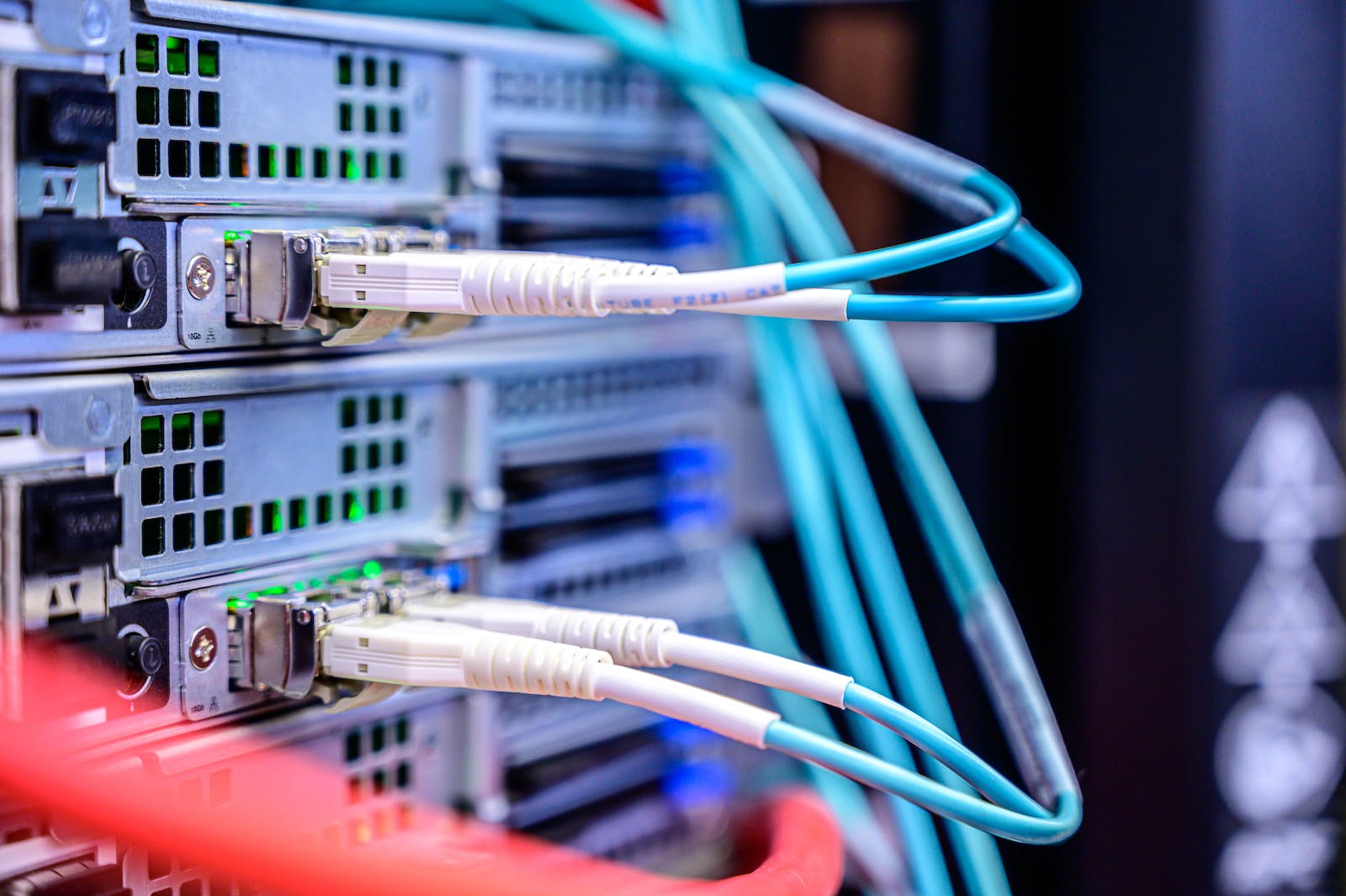Pros and Cons of Using ARM for Servers
Exploring the Upsides and Downsides of ARM Architecture in Server Technology
ARM architecture, known for its dominance in the mobile and embedded systems market, has started to gain traction in the server market as well. In this article, we will delve into the advantages and disadvantages of using ARM for servers, shedding light on its potential benefits and drawbacks in the realm of server technology.
As the demand for energy-efficient and high-performance servers continues to grow, the adoption of ARM-based processors in server infrastructure has sparked significant interest. From reduced power consumption to potential compatibility concerns, ARM architecture presents a unique set of advantages and disadvantages for servers. Let's take an in-depth look at these aspects to understand the implications of deploying ARM in server environments.
Pros
Discover the exciting benefits that ARM architecture brings to the realm of servers, from enhanced energy efficiency to scalability and beyond.
Energy Efficiency
One of the most significant advantages of employing ARM for servers is its exceptional energy efficiency. ARM-based processors are designed to deliver high performance while consuming minimal power, making them ideal for data centers and server farms striving to minimize energy consumption and operational costs. This efficiency can lead to substantial long-term savings in power usage and cooling expenses.
Scalability and Customization
ARM architecture offers inherent scalability and customization capabilities, allowing server developers to design systems tailored to specific workloads and applications. This flexibility enables the creation of diverse server solutions optimized for different use cases, such as cloud computing, edge computing, and specialized workloads, providing a competitive edge in addressing unique computing demands.
Diverse Ecosystem and Innovation
The ARM ecosystem is rich and diverse, fostering continuous innovation in hardware and software. This vibrant ecosystem encourages the development of a wide range of ARM-based server solutions, offering customers a variety of options to choose from. The collaborative nature of the ARM community often results in faster advancement of server technologies, leading to improved performance, features, and reliability.
Cost-Effectiveness
One of the advantages of ARM for servers is its cost-effectiveness. ARM-based servers are often more affordable than traditional x86 servers, making them an attractive option for businesses looking to optimize their IT infrastructure while staying within budget. This cost-effectiveness can be especially appealing for small and medium-sized enterprises looking to expand their server capabilities without breaking the bank.
Low Power Consumption
In addition to energy efficiency, ARM-based servers are also known for their low power consumption. This can lead to significant cost savings on electricity bills, especially for data centers and large-scale server deployments. The ability to achieve high performance with lower power requirements is a key advantage that makes ARM servers an appealing choice for environmentally conscious organizations.
Missing a pro?
Let us know which pro you are missing!
Cons
Explore the potential hurdles and drawbacks associated with the adoption of ARM architecture in server deployments, including compatibility concerns and performance considerations.
Compatibility and Software Ecosystem
One of the primary challenges of deploying ARM for servers lies in compatibility and the existing software ecosystem. Unlike x86-based servers, ARM-based servers may face compatibility issues with certain software applications and operating systems, which are predominantly optimized for x86 architecture. This limitation can pose obstacles in migrating existing workloads and leveraging the full spectrum of software available for x86 servers.
Performance and Workload Optimization
While ARM processors excel in energy efficiency, their performance in certain workloads may not match the levels achieved by x86 counterparts. This performance gap is particularly significant in applications that heavily rely on single-thread performance, complex instruction sets, or legacy software optimizations targeting x86 architecture. Assessing and optimizing workloads for ARM-based servers is essential to maximize their performance and efficiency.
Market Maturity and Support
The market maturity and support for ARM-based server solutions are evolving but may not yet match the extensive ecosystem and support available for x86 servers. From hardware features and driver support to comprehensive technical support and enterprise-grade solutions, ARM platforms may still lag behind in certain aspects, requiring careful evaluation of the available options and vendor capabilities.
Limited Software Optimization
One of the disadvantages of ARM for servers is the limited software optimization for certain applications. While ARM architecture has made significant strides in compatibility and support, some software applications may still be better optimized for x86 architecture. This can result in suboptimal performance for specific workloads, necessitating careful consideration of software compatibility before migrating to ARM-based servers.
Resource Constraints for Intensive Workloads
Another potential disadvantage of ARM-based servers is the presence of resource constraints for highly intensive workloads. While ARM processors have made advancements in performance, they may still face limitations when handling extremely demanding computing tasks. Organizations considering ARM servers for such workloads should carefully assess the capabilities and limitations of ARM architecture to ensure suitability for their specific use cases.
Missing a con?
Let us know which con you are missing!
Conclusion
In conclusion, the adoption of ARM for servers presents both compelling advantages and noteworthy challenges. While its energy efficiency and customization capabilities stand out as major assets, concerns related to compatibility, performance optimization, and market maturity warrant careful consideration. As the server landscape continues to evolve, the role of ARM architecture in data centers and cloud infrastructure is poised to undergo further transformations, shaping the future of server technology.
What do you think?
Do you think the pros outweigh the cons?






